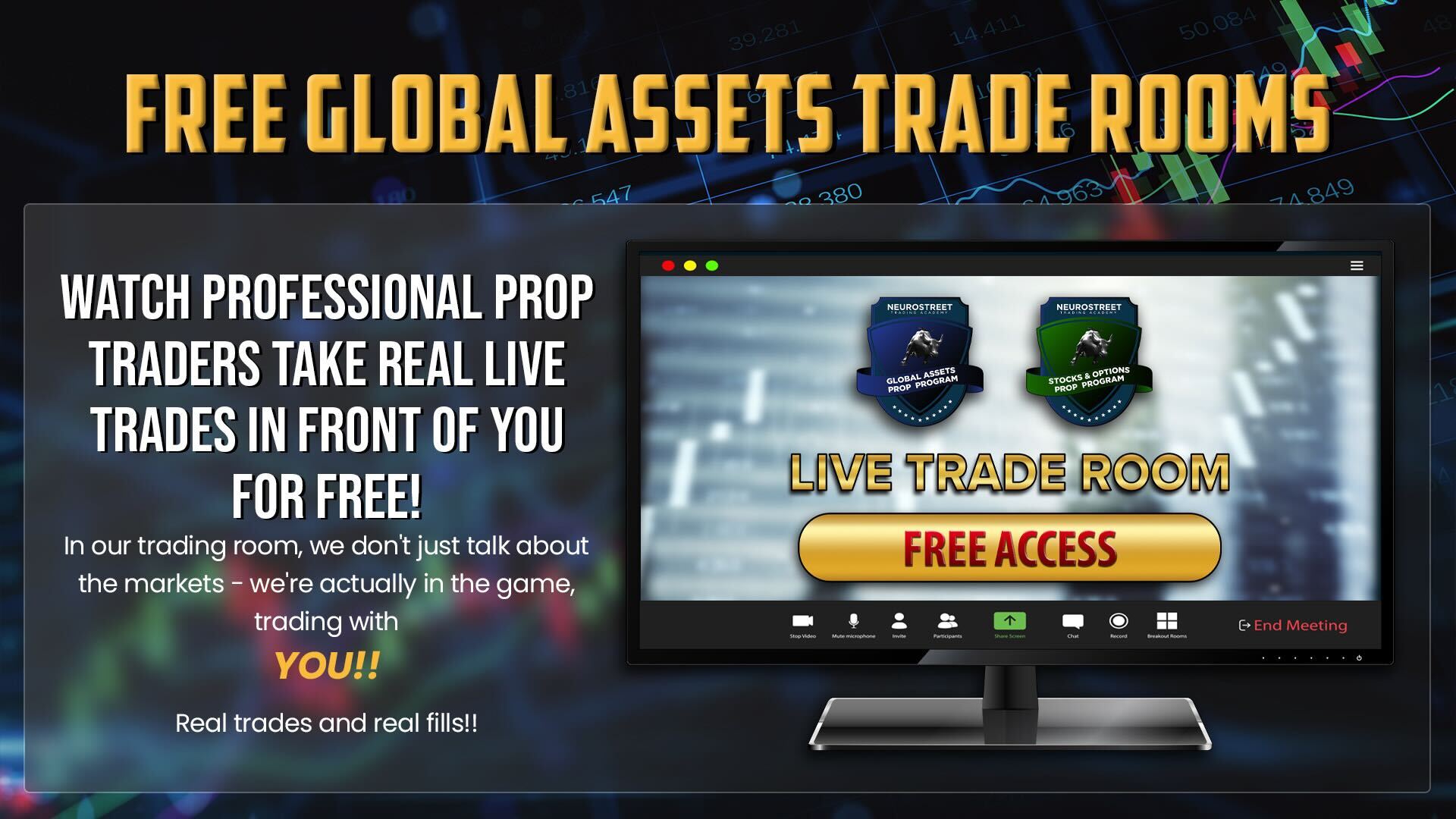Chapter 3: Futures Contracts
Understanding Futures Contracts
Buying a futures contract means you’re agreeing to purchase an item at a future date, for a set price, based on an asset’s expected value. Conversely, selling a futures contract implies you’re committing to sell an item at a future date, for a predetermined price, rooted in the asset’s anticipated value.
Essentially, futures contracts are agreements between buyers and sellers to trade an asset at a future date, with the terms of this exchange specified upfront.
When a futures contract reaches its conclusion, one party fulfills the contract by either buying or selling the agreed-upon asset, while the other ensures its delivery, in line with the contract’s terms.
Key Terms in Futures Trading
First Notice Day (FND): This is a crucial date in a futures contract indicating when the buyer might start taking physical delivery of the asset. The specifics of FND are outlined within the contract’s details.
Physical Delivery: In certain futures contracts, the actual asset is delivered on the specified delivery date, rather than settling the contract with offsetting trades.
E-Minis: These are smaller-sized futures contracts traded electronically. “E” stands for electronic trading, and “Mini” signifies that these contracts are a fraction (typically 1/5) of a standard contract’s size. E-minis offer quicker transactions and potentially better pricing than their full-sized counterparts.
Full-Size Contracts: These larger contracts cater to significant traders and institutions, often traded in traditional open pits and offering greater leverage. They’re primarily utilized for substantial trades due to their liquidity requirements.



